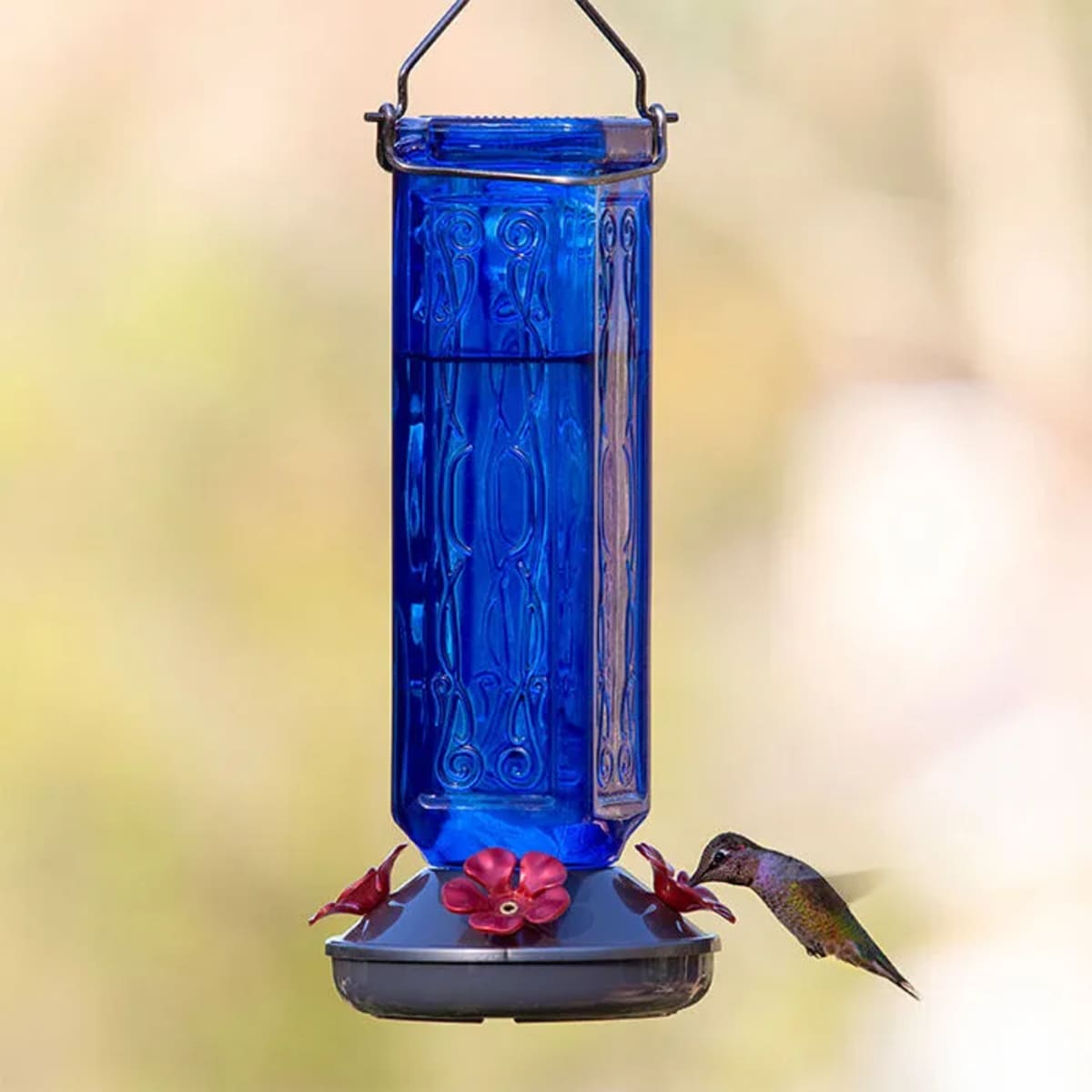Fall Migration for hummingbirds is almost underway. Early morning hours and dusk are the best times to watch nature’s skilled fighter jets aka hummingbirds dive and dine at your feeder.
Our feeder is in a new location this year, so it only gets about two visitors at a time. Next year, I expect we’ll see more, as hummingbirds have great recall of location and return to feeder sites it previously visited.
There are ways you can help hummingbirds as they undertake the 4,000 miles trek south to Mexico or Central America, their winter residence.
· A feeder of sugar-water solution provides much-needed energy during the long migration and will not discourage hummingbirds from migrating.
· 4-parts water to 1-part cane sugar is the standard sugar-water ratio. Bring water to a boil, stir in sugar, and let it cool, before pouring into the feeder.
· If you don’t have a lot of daily visitors at the feeder, make a small batch of solution using 2 cups of water and ½ cup of sugar. Wash the feeder with mild detergent and rinse thoroughly before refilling.
· To avoid waste, don’t add more liquid nectar to the feeder than what the birds will consume the same week. Change the solution every few days.
· Never add red dye to the sugar-water solution. It’s not necessary and not healthy.
· Territorial and loners, hummingbirds spend lots of energy chasing other hummers away from the feeder. If you see an uptick in visitors during migration, hanging another feeder can help.
Why it’s Good to Leave Hummingbird Feeders Up Well into the Fall Season
Hummingbirds can fly 600 miles without stopping for food–making a nonstop flight from the coast of Florida, across the ocean to the continent of Mexico.
It takes about two weeks for a hummingbird to complete its fall migratory journey. And they fly solo. That’s quite an accomplishment.
There’s no hard, fast rule for when to take feeders down. If birds are visiting the feeder, leave it up, no matter the date on the calendar. Then, leave your feeder fueling station up several weeks after you’ve seen the last hummingbird, for any stragglers.
When the hummingbirds stop to refuel, they’re flying a marathon, and we’re here to cheer them on. The tiny hummingbird has a lot of gumption–determination, energy, and a drive to succeed. There’s a lesson in that for us all.
Note about our hummingbird feeder: We had a feeder with a bright floral pattern, but it recently broke while I was twisting it on the base.
I replaced it with a glass bottle, antique style feeder that is sturdy, easy to clean, and refill. The new cobalt blue one pictured is available at Walmart and PerkyPet.com.
Seeing our new blue one hanging from the covered patio, our young granddaughter asked, “Next time you buy a hummingbird feeder would you get a pink one?” Don’t tell Josie, but Grandmama has a pink one with flowers picked out for her at Tractor Supply.
Wishing you a sensational September.
By Deborah S. Tukua, author, and freelance writer, www.deborahstukua.com
To learn more about hummingbirds, I’ve written two or three, in-depth articles about these fascinating birds. You’ll find them on the Farmers’ Almanac website.
If you’re enjoying these posts, please share with your family, foes, and friends.
